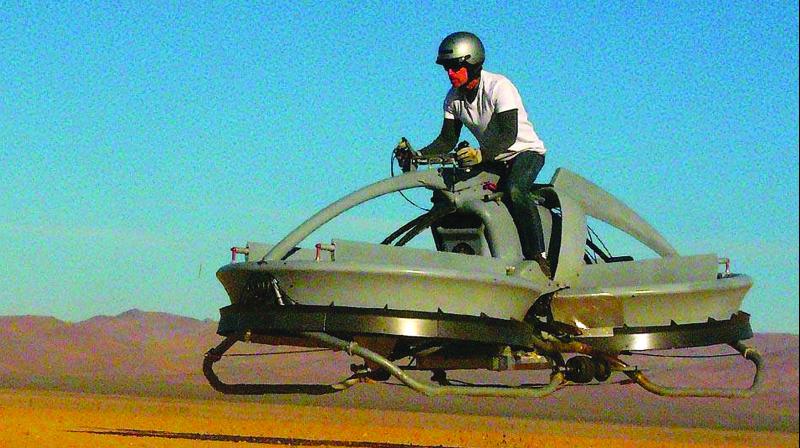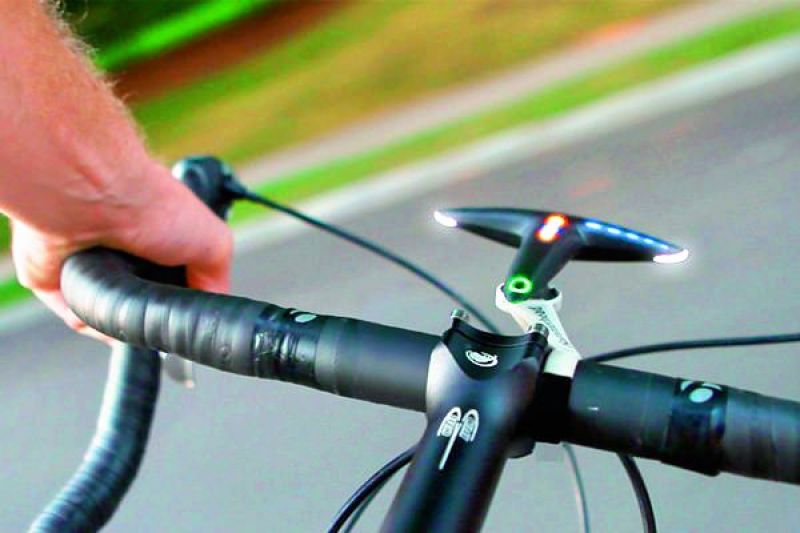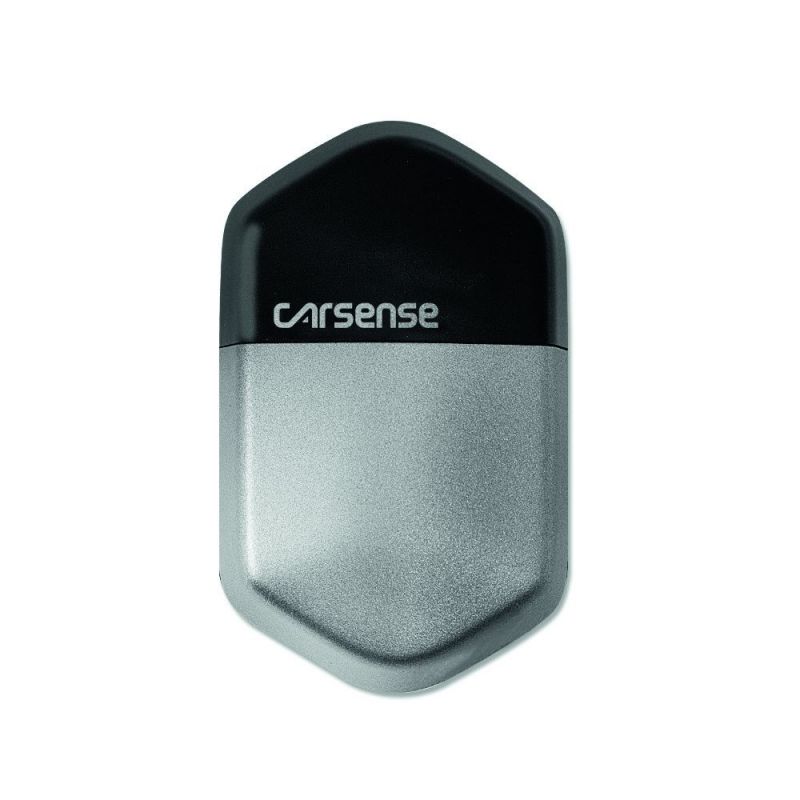Joyride into the future
Here are a few ways you can make your science-fiction binging come alive. Come take a ride in the future automobiles.

This is 2018! Where are all the flying cars?” You are sure to have slipped this in a casual conversation at some point or the other, recently. So much of the last century’s science fiction was based on the newly revolutionised space of transportation that some of them seem just too good to be real! Judging by all the means of travelling we already have at our disposal, it’s only wise to expect even more giant leaps in the future — some of which can even change the way we deal with immutable physical laws — like the invention of flight! Our advances in computer technology have simply made trial and error easier and cheaper. Today, creators, inventors, governments and companies can try new things more often, until they come up with something that works. Here’s a list of cool stuff that might look like science fiction at first glance, but aren’t. These are products and technology you can see today, or very soon!
Vroom and zoom away
Thanks to the enduring multi-generational success of the Star Wars movie franchise, almost everyone alive today is likely to be familiar with “Speeder bikes” — super-quick, hovering motorcycle-like transportation used in the movies. They look, move and sound like nothing we’ve ever seen, but that may be set to change.
An American company called Aerofex is working on a product called the “Aero-X” that’s like the fictional speeder bike, but based on technology similar to that used in a hovercraft. It uses two large, ducted fans to carry up to two occupants above ground (up to 12 feet). It’s flight, but not quite. Since it uses the same steering mechanics as a motorcycle, it’s supposed to be quite intuitive to operate too.
Aerofex has been at it for a number of years now, and they’re up to their second-generation prototype. The Aero-X was expected to be available by 2017, but the company website doesn’t seem to have any more information. The Aero-X could be a boon to agriculture, survey purposes or just for plain fun. Last we heard, it was expected at $85,000 or approximately '55 lakh without taxes and duties. Judging by the number of fancy cars on our streets, that doesn’t sound exorbitant for the well-heeled.
Cost: Rs 55 lakh (approx)

Exploring made easy
Why should car owners have all the fun? The Hammerhead Karoo is a bicycle computer built by cyclists, for cyclists. It’s like an Android-based mini-tablet designed to mount perfectly between the handlebar. The interface is designed to be big and easy to use while cycling and it has an built-in cellular connectivity and WiFi so you can stream and share your rides with the world.
The Karoo differentiates itself by having offline maps with features and info specific to cyclists. We suspect this only works in its home markets in the USA, but it’s certainly a bonus. Since the dawn of cheap smartphones, GPS devices have all but disappeared. This one looks like it’s bucking the trend with a combination of good design, features and modern performance. It will also connect to certain fitness trackers and record heart rate and other essentials. Being water-resistant, it even sounds ideal for the motorcycling explorers!

Have a safe drive
Another #MakeInIndia success story is the Bengaluru-based Elsys Intelligent Devices that makes the SafeDrive device. Much like a drive tracker, the SafeDrive device also tracks your driving habits, makes suggestions and can live-locate your vehicle. The advantage over a typical drive tracker is that it doesn’t need an OBDII port to connect to the car, which means it can be used on older vehicles as well.
You can think of it as an always-on speakerphone in your car. SafeDrive can detect impacts and automatically call for help. There’s also a large red SOS button to manually connect you to first responders in the case of an emergency. Pre-determined emergency contacts can also be notified.

Track-o-science
Closer to earth, did you know that it’s possible to track every aspect of your car’s performance on a daily basis, including where it is, whether it needs professional attention or how skilled the driver is. And you can do all this on your phone. Drive trackers are not new, but for some reason, they haven’t caught on.
Previously, they were used as security devices and due to their cost, were usually limited for use in luxury vehicles. However, thanks to the march of technology, they’ve come down to a few thousand rupees. One such device — Carsense, created by a bunch of IIT graduates, is a little box that snaps into your car’s OBDII port (a diagnostic port most modern cars have today). It then pairs with your phone via Bluetooth and connects to the Internet via an in-built SIM card.
Once Carsense is set up, you would probably never have to worry about forgetting where you parked it! It also detects unusual activity and alerts you. For instance, if your car gets towed or is started at an unearthly hour, you’ll get a notification on your phone.
Even manufacturers such as Nissan and Honda are getting into the act and building drive trackers into their vehicles. Insurance companies are not far behind, with ICICI Lombard offering this device at a discounted rate for its customers. This makes sense — an insurer knowing how you drive is good for business!

